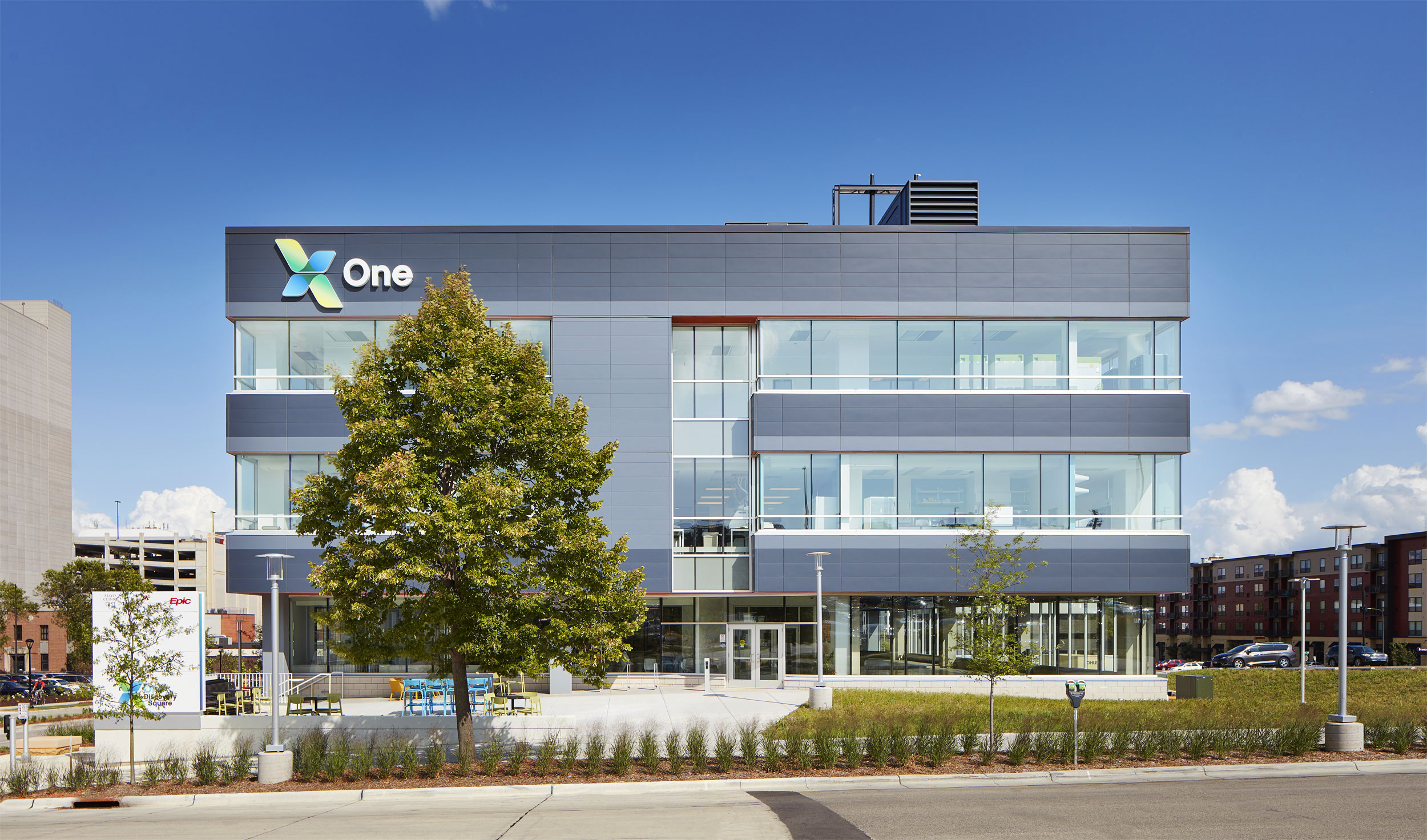
Life science facilities play a critical role in advancing healthcare and improving patient outcomes. By interconnecting life science facilities with universities, hospitals, and clinics, you create a collaborative environment providing access to the latest innovations in pharmaceutical and medical technology.
Building future-ready laboratory, research, and medical manufacturing space isn’t easy. Facilities must not only have the right design but account for unique and often complex mechanical and structural needs. Here, we cover important factors to consider when planning for life science facility construction.
Multi-Tenant Life Science Facilities
Multi-tenant life science facilities have the potential for great ROI. However, it’s challenging to build biomedical facilities flexible enough to meet various tenant requirements. Spaces need to adapt to specific types of research and medical manufacturing, and you need to address unique mechanical needs and high cleanliness standards. At a minimum, your multi-tenant life science building should meet these requirements.
- Comply with cGMP regulations for pharmaceutical product manufacturing, processing, and packing.
- Provide adequate floor-to-ceiling height for large equipment and MEP systems.
- Consider HVAC zoning and compatibility with high-efficiency air filtration systems.
- Include convertible spaces to accommodate wet labs, dry labs, damp labs, cleanroom manufacturing space, etc.
- Have the right structural support for heavy research and manufacturing equipment, plus vibration dampening to prevent disruption of sensitive lab processes in neighboring spaces.
- Create mechanical and utility separation to allow for individualized systems.
- Focus on sustainability, especially in energy consumption and waste and water management.
Project Spotlights:
Discovery Square is a subdistrict of Destination Medical Center, an urban life science hub in Rochester, MN. Built and developed by Mortenson in collaboration with the Mayo Clinic, the multi-tenant buildings create a collaborative innovation center for physicians, scientists, businesses, and students.
The Fitzsimons Innovation Community Campus in Aurora, CO applies the best concepts from successful medical research parks nationwide. Built and developed by Mortenson and designed for everyone from small start-ups to industry leaders, the multi-tenant facility provides a mixture of wet and dry lab space, office suites, and warehouse/distribution space.
Academic Research Facilities
Academic institutions face stiff competition in attracting students and PhD-level researchers. High-demand skills and the ability to go anywhere gives students the upper hand. Outdated facilities lacking state-of-the-art research lab designs no longer suffice, so universities must invest in creating modern, functional spaces. Essential elements for academic research and laboratory construction include:
- Modern, collaborative spaces—both inside and outside of the laboratory—to support and encourage brainstorming sessions.
- A comfortable work environment with ample lighting, good ventilation, temperature control, and noise reduction. Designs should also support ergonomic equipment.
- Amenities to support the work-life balance, including lounges, private areas with comfortable seating, and proximity to coffee shops, restaurants, and wellness activities.
- Sustainability-focused design that reduces energy consumption, improves indoor air quality, and promotes a healthy work environment.
- Common areas with outdoor access and ample natural lighting are more inviting and appealing.
- State-of-the-art laboratories to attract graduate and PhD-level researchers.
Project Spotlights:
The U of MN Cancer & Cardiovascular Research Building creates an innovative collaboration space for scientists and academic researchers focused on research and treatments for cancer and other devastating diseases and conditions.
Northern Arizona University’s Science and Health Building brought a modern research space to the campus, complete with teaching and research laboratories, classrooms and lecture halls, research and instructional labs, and collaborative spaces. The sustainability-focused design resulted in the facility achieving LEED Gold certification.
Innovation Built on Purpose
Mortenson has supported numerous organizations across life sciences capital projects, from multi-disciplinary science labs to research facilities. Our services and experiences span development, design-build, and construction management. With a focus on innovation and navigating complex mechanical and building design requirements, we can help bring your life science facility visions to life.
learn more about life science trends